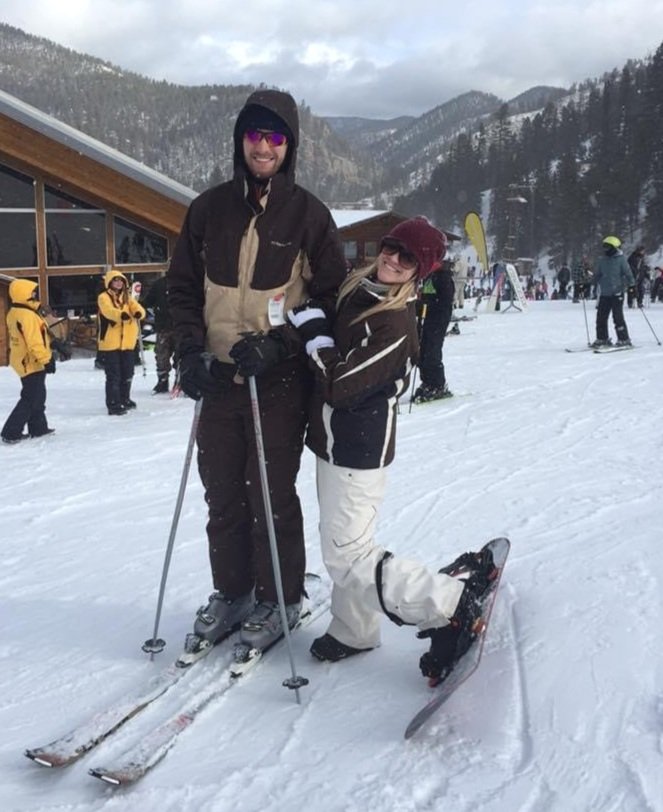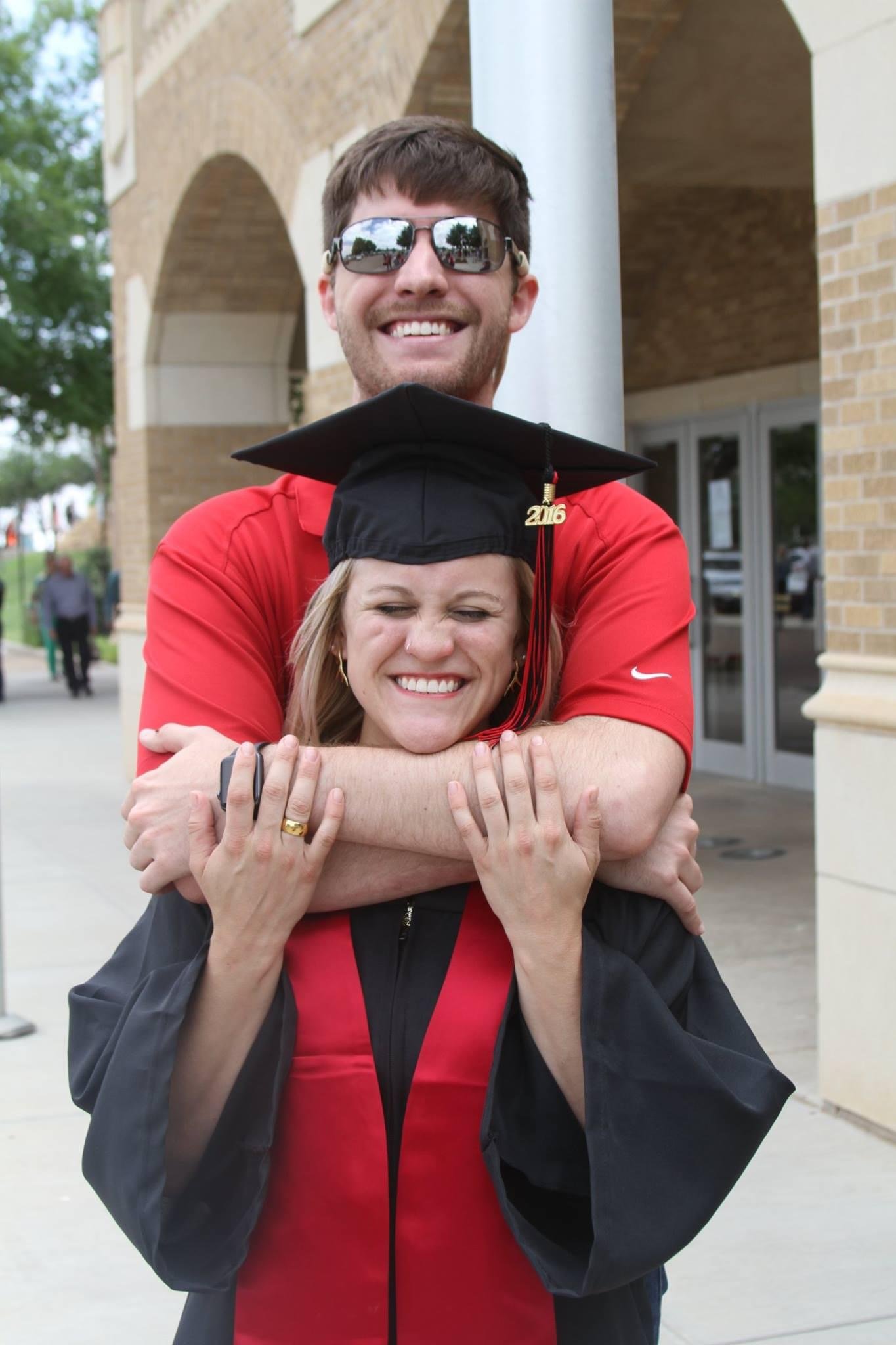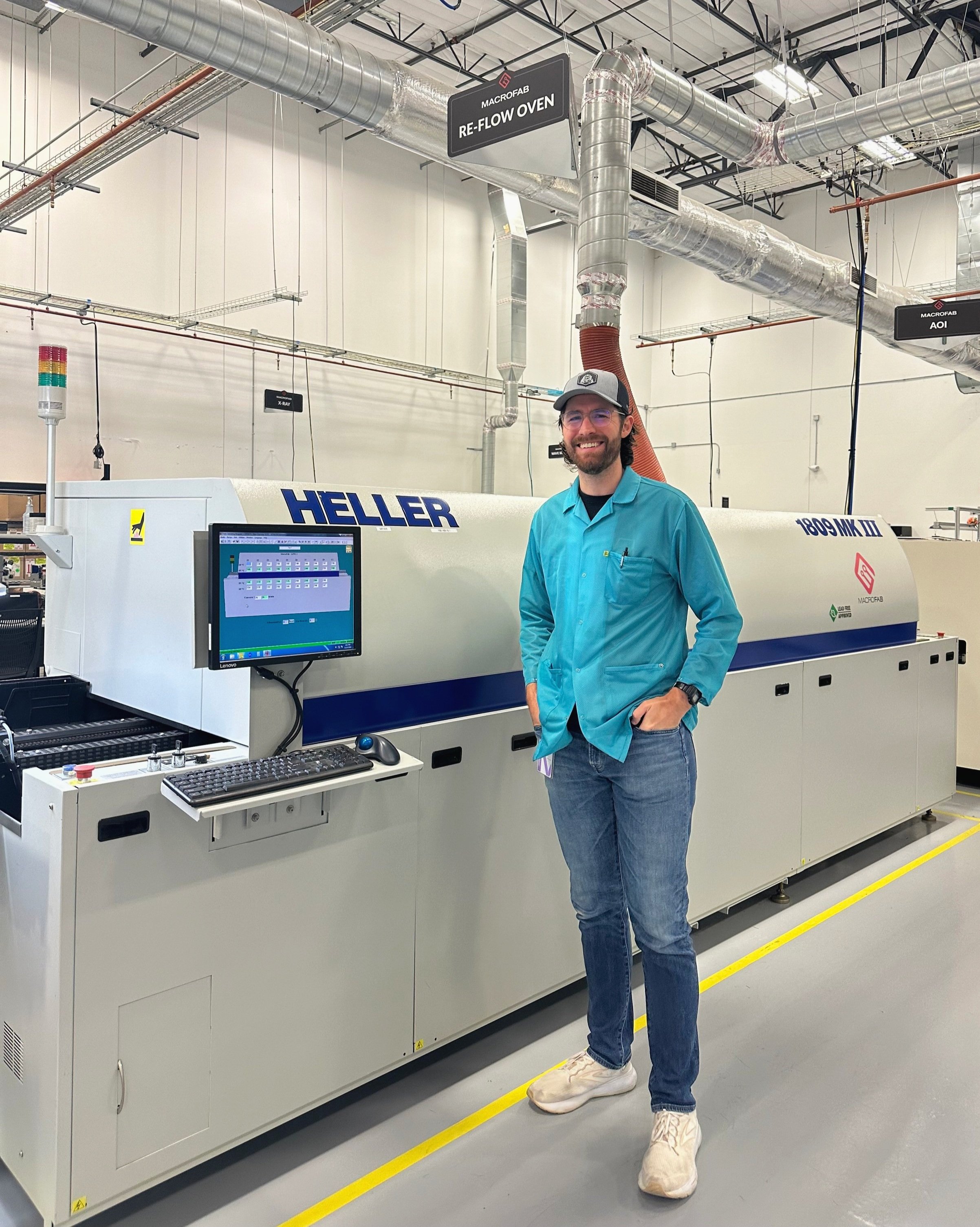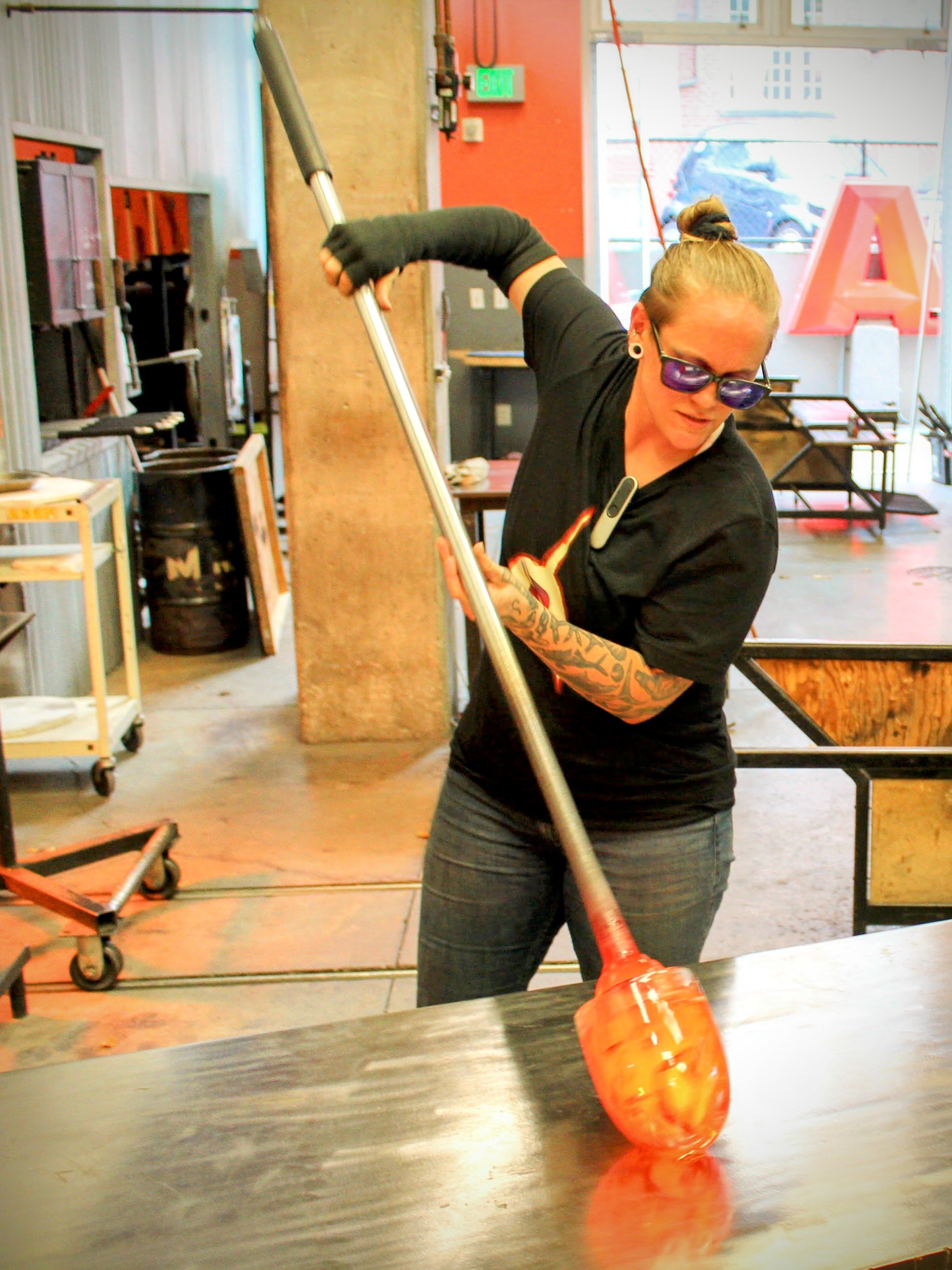Twinning: Two Paths, One Connection
For those who know me, it’s no secret that I have a twin brother. And for those who don’t — surprise! I’m a twin!
Shane and I grew up with both shared traits and differences. In this post, we will talk about how our different careers still connect us. We will explore how our unique personalities and journeys lead us to similar techniques and lifestyles. We are excited to share the main points of our conversation and give you a look into our “twin telepathy” (oh yes, it’s real).
Meet the Twins
Shane and Shannon
Shane and I are fraternal twins with a shared passion for creativity and innovation. As we grew and developed into individuals, we carved our own paths in distinct yet interconnected fields: engineering and glass art. While Shane delves into engineering, applying design and technology principles to solve complex problems, I immerse myself in the intricate realm of glass art, transforming raw materials into stunning visual masterpieces.
Despite the apparent differences in our professions, we both utilize a foundation of scientific principles—physics, chemistry, and thermal dynamics—that allows us to explore the fascinating overlaps between our disciplines. This exploration reveals how both fields, though divergent in their final expressions, share common techniques and processes that highlight the beauty of collaboration between art and science. Through our unique journeys, we celebrate the interplay of creativity and technical knowledge, showcasing how two paths can diverge yet remain intrinsically linked.
Our Relationship
Growing up in Wichita Falls, Texas, Shane and I shared a childhood filled with commonalities and contrasts. We could not be more different in appearances, but we shared many interests and personality traits. Our early years were marked by sibling rivalry and camaraderie, shaped by our diverse interests. While Shane gravitated toward Tennis, thriving with his analytical approach, I found my passion on the soccer field, enjoying the teamwork and strategy involved.
Academically, we complemented each other in unexpected ways. Shane excelled in math and science, tackling complex equations with ease; while I struggled in those areas, I thrived in art and creative expression. This divergence often led to playful arguments—he would tease me about my artistic aspirations, and I would poke fun at his mathematical prowess (and ask him to help me with my math homework). In hindsight, these disagreements reflected our different worldviews, each of us drawn to our respective fields by what fascinated us most. We always seemed to complete each other in a way that only a deeply connected set of twins could do, finding harmony in our thoughts, feelings, and shared experiences.
Eventually, we went our separate ways to different colleges to pursue our studies in our respective fields of interest. When the time came for us to graduate, we had a few months to purchase our cap and gowns from our respective schools. Remarkably, we both bought them within the same hour on the same day. There’s some twin telepathy for you.
Below are a thoughtful series of questions presented in an interview format.
The questions in blue text are directed explicitly toward Shane,
while the questions in orange are intended for Shannon.
What were your earliest interests, and how did they tie into engineering?
Shane: “My earliest interests included “K’NEX”, a line of interlocking toy pieces that allow users to build a wide variety of models and structures, which I believe sparked my interest in building new things and understanding how they worked. Unlike legos, K’NEX focused more on moving parts like wheels and gears, which relates closely with my field of study: Mechanical Engineering.”
Were there specific experiences that influenced you?
Shane: “Shannon and I both learned violin at a young age. I was able to master the instrument from a more technical and analytical approach while still expressing creativity, while Shannon played from a more tangible perspective, learning by feel. I believe the hundreds (or maybe thousands) of hours spent practicing had a profound impact on my ability to work through difficult challenges like learning to read music, learning all of the difficult techniques, and playing as part of a large orchestra. These skills eventually carried over into engineering, where I now exercise the same muscles to find creative solutions to complex problems.”
How and when did your interest in glass art develop?
Shannon: “My passion for glass art emerged from a love for hands-on experiences and my fearless love for aesthetics. An evaluation from my preschool teacher said, ‘Shannon displays excellent motor skills; she has remarkable control in manipulating writing tools. In fact, she loves to create with all elements.’
In college, I was studying to become a mural artist because I loved the idea of creating large-scale work that required full-body involvement. Although I took many drawing and painting classes, something was missing. I wanted to make art that was more physically engaging, as I was an active person. The thought of sitting for hours to paint didn’t excite me. In 2015, I signed up for an introduction to glass-blowing class, not knowing what to expect. After just one day in class, I was hooked! Growing up, I loved being active and studying the arts and sciences. Glass was the perfect marriage of those three things.”
Shared Experiences
Our family environment played a big role in shaping our paths. Our parents encouraged us to follow our interests, fostering a supportive atmosphere where creativity and curiosity thrived. They also instilled values of hard work and dedication, which influenced our educational and career choices. Shane's passion for engineering grew from his early love of building and problem-solving, while my passion for glass art stemmed from an appreciation for tactile experiences and aesthetics.
Though we didn’t always get along as kids, our relationship has evolved over time. The petty arguments gave way to deeper conversations about our fields. We now often share insights about how physics informs my glass techniques and how aesthetics influence Shane’s engineering designs. Our shared sense of humor and bond, built on common experiences, allows us to appreciate our differences while recognizing the beauty in our intertwined journeys.
As we continue to learn from each other, I’m grateful for Shane’s unique perspective. Our childhood was full of rivalry, but it was also marked by genuine support, which has laid the foundation for a strong and evolving relationship where we can see how two different paths can lead to similar destinations.
Can you share a memory from our childhood that reflects our similarities or differences?
Shane: “One thing I think of from our childhood is when we would go snow skiing with our family. Shannon was very adventurous, always wanting to go down new slopes, try tricks at the freestyle park, try out snowboarding, or go head first down a black diamond. I took a much more reserved approach. I wanted to scope out the slope, master the easy slopes, and stick to what I knew (skiing). I think this example shows Shannon’s fearless attitude to experiment, trying new things, and going against the norm without fearing failure. On the other hand, my more calculated skills showed my engineering strength in considering all variables and having a ‘get it right the first time’ attitude.”
The Similarities in Engineering and Glass Blowing
Despite the differences between engineering and glass art, both fields share a foundation built on fundamental principles of physics, chemistry, and thermal dynamics. Understanding these concepts is crucial for success in either discipline. In engineering, principles of physics help design structures that withstand forces, while in glass art, they guide artists in manipulating materials to create beautiful forms. Similarly, chemistry plays a vital role—engineers rely on material properties for durability and functionality, while glass artists use chemical reactions to achieve desired colors and textures.
Can you describe your educational journey in engineering? What key experiences shaped your learning?
Shane: “When it came time to decide on what I wanted to major in in college, engineering was a pretty easy decision because of my strengths in math and science. As I went through my studies in mechanical engineering at Oklahoma State, I learned that I enjoyed the design process and making improvements to make it easier to build products from a design and manufacturing standpoint. Projects like designing an HVAC system for a building and participating in a water cleanliness project in Guatemala taught me the importance of working with cross-functional teams to design and implement holistic systems that meet some practical needs of people across the world.”
What about your journey in glass art? Were there mentors or experiences that guided you?
Shannon: “My biggest influencers and mentors were my elementary school art teacher, Mrs. Samang, my high school art teacher, Mr. Kingcade, and many art college professors, including Bob Rynearson, my first-ever glass-blowing teacher. All of these teachers were fully supportive of my dreams of being a professional artist. They always supported my ambitious projects and went above and beyond to support my goals.
Along with various mentors in the art world, my twin brother is the one who truly taught me that art holds equal significance to engineering when it comes to addressing the diverse needs of individuals, offering solutions that are often more intangible and deeply emotive. While engineering focuses on functionality and practicality, art provides a unique perspective that enhances our experiences and enriches our lives.”
Overlap in Techniques
The equipment and technology used in both disciplines further showcase their overlaps. Engineers often work with precise instruments, such as CAD software and 3D printers, to create prototypes and test designs. In glass blowing, artists employ tools like blow pipes and furnaces to control temperature and shape materials. Both fields require a keen understanding of tools and machinery, as well as physics and chemistry. Using such scientific principles emphasizes the importance of technical skills and safety protocols.
In your work, how do you see both physics and engineering principles applied?
Shane: “Thermodynamics and material science play a huge role in what I do. One example is selecting the proper adhesive to ensure the product maintains an adequate seal under different environmental conditions such as heat/humidity and making sure the correct materials and process are used to prevent breaking when dropped or causing the product not to be waterproof. There was an example in my job where we selected the wrong type of adhesive, which caused an improper bond and caused the unit to allow water to leak in, and also some of the adhered parts to fall off. Part of my job is also to ensure our products pass “drop tests,” and if the incompatible materials are used such as the wrong adhesive, this can cause a lot of issues. Similarly, electronics manufacturers use different types of solder to install chips and other components onto printed circuit boards (PCBs). If the wrong chemistry is used during the solder or cleaning process, or the wrong temperature is used to cure the solder in a reflow oven. This can lead to a lot of issues, such as parts falling off, breaking, or not having the right current/voltage.”
What aspects of chemistry are most important in glass art, and how do they compare to those in engineering?
Shannon: “Thermodynamics and material science play a huge role in what I do, too! These principles help artists control how glass behaves under heat and how different materials interact. Thermodynamics is key for managing temperatures—too hot, and the glass becomes too soft; too cold, and it can crack or become too rigid. Material science helps glassblowers understand how different types of glass and additives (like metals or minerals) affect its properties, such as workability, transparency, or color. Together, these fields allow precise control over the glass’s physical properties.”
Equipment and Technology
Creativity manifests uniquely in both engineering and glass art, yet the underlying processes are strikingly similar. In engineering, creativity is vital for problem-solving and innovation. Engineers envision solutions that balance functionality with aesthetics, much like glass artists who experiment with forms and colors to evoke emotions and experiences. Both disciplines require iterative processes—testing, refining, and adjusting until the final product meets the desired vision.
Ultimately, the interplay between science and art is evident in both fields, highlighting how engineering and glass blowing are not as disparate as they may seem. By embracing shared principles, techniques, and creative processes, Shane and I continue to celebrate the beautiful connections between our paths, showcasing the artistry inherent in engineering and the engineering behind glass art.
What types of equipment do you use in engineering that might have parallels in glass art?
Shane: “In engineering, we use a reflow oven in electronic manufacturing to melt and solidify solder in several stages. These stages are:
1. Preheat – Gradually raise the temperature
2. Soak – Maintain a steady temperature to activate chemical reactions in the flux.
3. Reflow – Increase the temperature to melt the solder.
4. Cooling – Gradually lower the temperature to let the solder solidify.
Through my conversations with Shannon, I have learned that this process is similar to the final stage of glassblowing. The function of an engineer's reflow oven is similar to a glass artist's annealing oven. Glass must also undergo stages of preheating, soaking, and cooling slowly to avoid thermal shock. The slow cooling of glass, called ‘annealing,’ helps strengthen it by changing its molecular structure, much like the reflow process in electronics.”
How has technology influenced your work and the techniques you use?
Shannon: “Technology has really changed the way I blow glass. For one, better temperature control and improved technological control make it easier to heat and cool the glass consistently, which helps prevent thermal shock. There are also automated tools now, like mechanical blowpipes and precision molds, that make it possible to create more complex shapes more accurately. Plus, advances in glass materials mean I can work with chemically higher-quality glass. These advancements allow material scientists to develop new glass colors for artists that weren’t possible before. Overall, technology has opened up more creative possibilities and made the whole process safer and more efficient.”
Personal Insights
In our recent conversation, Shane shared his insights on the overlap between engineering and glass art. 'At first glance, they seem worlds apart,' he noted, 'but when you break it down, you realize we’re both problem solvers, using creativity to shape materials into something both functional and aesthetically pleasing.'"
What have you learned from your different paths, and how do you think they complement each other?
Shannon: “I’ve learned that despite the differences between our fields, engineering, and glassblowing complement each other in many ways. Both require problem-solving, creativity, and attention to detail. Shane analyzes data and refines solutions in engineering while I experiment with materials and techniques in glassblowing. Both fields balance science and artistry—whether it’s understanding material reactions to heat or stress. Our experiences show that the skills we develop in one area can enhance other parts of life. As twins, our shared upbringing helps us approach problems from similar angles, connecting our paths through innovation and creativity—just like our twin telepathy!”
How do you think our differences have contributed to our strengths in our respective fields?
Shane: “My detail-oriented and analytical nature has allowed me to thrive in an environment where there is little room for mistakes. For example, if a customer purchases a medical device, it needs to function as expected to ensure the patient gets the care they need without any hiccups. However, my keen eye for detail can be a blessing and a curse because it can also lead to “analysis paralysis”, or the inability to make decisions when I get caught up in the minute details. On the other hand, I think Shannon excels with having the freedom to express herself, show her individuality, and try new techniques or ideas to improve her craft. She can create something beautiful out of nothing, while I can fine-tune something to perfection if I have a clear direction.”
Additionally, Shane shared an anecdote about a project involving glass in the lens of a self-driving car camera. He explained the thermal dynamics, saying, ‘Just like in glassblowing, where you control the temperature to get the right shape and durability, in engineering, we have to consider how materials respond to heat and pressure. As the glass heats up, it becomes elastic, which can cause deformation that affects the camera’s focus.’ This connection highlighted the blend of science and artistry in both our careers, showing how our paths, though different, are deeply connected.”
Creative Processes
Despite their differences, both engineering and glassblowing converge in their shared goal of turning abstract ideas into tangible forms. Whether designing a piece of technology or shaping molten glass into a sculpture, both fields rely on a creative process that blends technical skill with imagination. At their core, both disciplines transform conceptual visions into physical reality through creativity and craftsmanship.
How do you approach problem-solving in engineering? Is there a creative aspect to it?
Shane: “My problem-solving process typically follows a clear progression. First, I begin with data analysis. For example, if my company produced 100 units, I would assess how many passed and how many failed and identify the leading causes of defects. This helps me determine where to focus my efforts. Next, I move to brainstorming, which requires a lot of creativity. There are often many possible solutions, so I rely on my experience and creativity to find the most efficient and cost-effective approach. The brainstorming process is also influenced by the specific situation, such as how quickly a solution is needed, whether it's temporary, and what the budget constraints are. Once I have a potential solution, I move to validation, where I test the idea through experiments to see if it works as expected. Often, things don’t go as planned, so I may need to iterate or explore new ideas. Finally, once I find a solution I’m confident in, I implement it by clearly communicating the process to everyone involved, typically through procedures or work instructions, ensuring that everyone understands their role and has the necessary materials and equipment to execute the solution.”
What similarities do you see between the challenges faced in engineering and those in glassblowing?
Shannon: “The challenges in engineering and glassblowing share many similarities, especially in problem-solving. Both start with an idea that requires analysis, creativity, testing, and communication to bring it to life. We begin by assessing the situation, such as checking for defects or understanding material reactions to heat. Creativity is crucial, as there are many possible solutions, but the right one depends on factors like time, cost, and the end goal. Both fields involve trial and error, with solutions tested and adjusted if needed. Goals are often adjusted if things work differently than planned. In both fields, failure is a part of the journey, offering valuable lessons. Once a solution is found, clear communication ensures everyone understands their role and has the necessary materials. Ultimately, success depends on the knowledge and teamwork of everyone involved.”
Conclusion
Looking back on our journeys, it’s clear that the overlap between engineering and glass art has dramatically influenced our careers. The shared principles of physics, chemistry, and creativity guide our work and inspire us to think outside the box. As Shane and I continue to explore these connections, we have fostered an invaluable recognition of how art and science can come together to create practical solutions and beautiful pieces.
Looking ahead, how do you see the intersection of engineering and glass art evolving? If we were to collaborate on a project, what do you envision it looking like?
Shane: “I think the most significant intersection between engineering and glass art in the future will be with technology such as 3D printers and equipment that will make it easier to achieve more repeatable results and consistent through temperature control, AI, or predictive technology - seeing what you want to make with glass and knowing what temperature, how long to heat it, etc. based on the geometry, as well as improved safety/ergonomics. If we were to work on a project together, I would observe your process and find creative ways to make your process safer and more efficient. I also think it would be fun to collaborate and design/fabricate a mold for a complex piece.”
We’re excited about the possibilities of learning more from each other across our respective fields in the near future. By combining our knowledge and skills, we can push the boundaries of both engineering and glass art, creating a space where creativity can flourish, and new ideas can arise. This partnership continually enhances our practices and demonstrates how art and science can work together, driving innovation and inspiring future generations.
Thank you for reading!
JUST FOR FUN…
Some silly pictures of our lives as twins through the years!






























